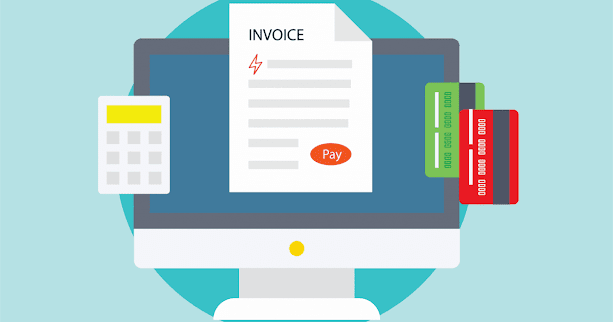Decoding Invoice Finance: Frequently Asked Questions
Navigating the world of business finance can sometimes feel like trying to master a new language. Between the complex jargon and the multitude of options available, it can take time to understand which financial solutions best suit your needs.
One option that often raises questions is invoice finance. This blog post aims to demystify invoice finance, addressing the most frequently asked questions and how invoice finance solutions can aid your business.
What is Invoice Finance?
How Does Invoice Finance Work?
With invoice finance solutions, businesses sell their unpaid invoices to a finance provider, who then advances them a percentage of the total invoice value, typically around 80-90%. Once the customer pays their invoice, the remainder minus any fees is paid back to the business. This process allows businesses to convert their sales ledger into immediate working capital, thereby improving cash flow and providing funds for growth and expansion.
Are There Different Types of Invoice Finance?
Yes, there are two main types of invoice finance: factoring and invoice discounting. Both offer similar benefits, but they operate slightly differently:
- Factoring involves the finance provider taking over your sales ledger and collecting payments from your customers on your behalf. This service can benefit smaller businesses without a dedicated credit control team.
- Invoice discounting is a more discreet form of invoice finance, where you retain control over your sales ledger and continue to collect payment from your customers. This type of invoice finance solution is often favoured by larger businesses who prefer to maintain customer relationships without disclosing the use of an invoice finance service.
Who Can Use Invoice Finance?
Invoice finance is available to a wide variety of businesses across many industries. It's particularly popular with businesses with cash flow challenges due to delayed customer payments. However, it's important to highlight that invoice finance only applies to companies that operate on a business-to-business (B2B) model, as it relies on raising invoices after delivering goods or services.
What Are The Benefits of Using Invoice Finance?
Using invoice finance solutions can reap many benefits for businesses:
- Improved Cash Flow: By releasing funds from unpaid invoices, businesses can maintain a consistent cash flow despite customer payment delays.
- Growth Opportunities: With immediate access to funds, businesses can invest more quickly in new opportunities, such as taking on larger contracts or investing in new equipment.
- Reduced Risk of Bad Debt: If a business opts for factoring, the finance provider often provides credit control services and safeguards against non-payment.
- Time-saving: By eliminating the waiting time associated with invoice payment terms, businesses can allocate more time and resources toward strategic growth activities.
Conclusion
Invoice finance is a practical financial tool that can help businesses maintain stable cash flow, seize growth opportunities, and navigate customer payment delays more easily. By grasping the mechanism and benefits of invoice finance solutions, businesses can make informed decisions to choose the right funding solution that aligns with their goals and operational needs. The world of business finance may seem complex, but with the proper knowledge and understanding, it can become a potent driver for your business success.

.png)


Comments
Post a Comment